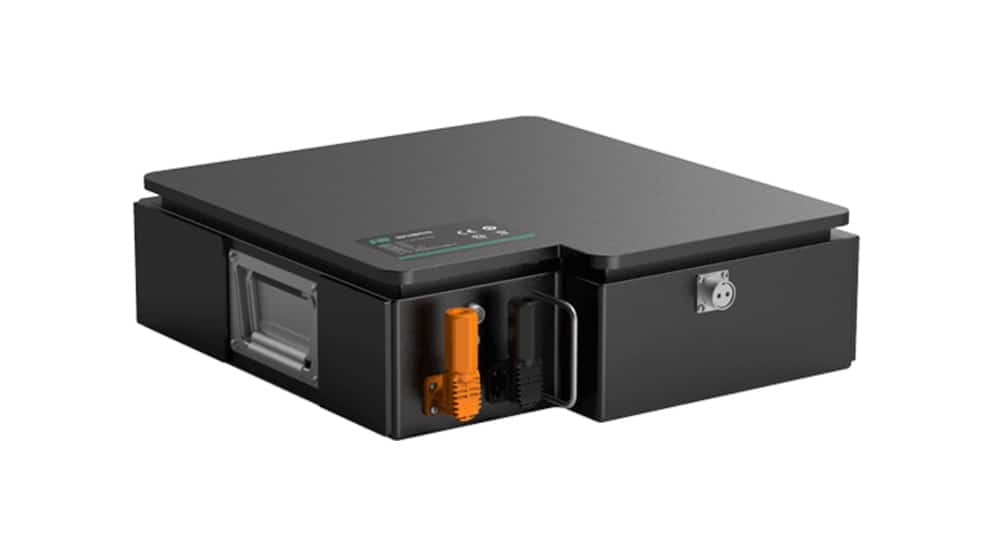- Curved Lithium Polymer battery
- Fast Charge Polymer Battery
- Flexible Polymer Lithium Battery
- Ultra-thin Polymer Battery
/ Blog /
What is a low temperature battery? Advantages and functions of low-temperature lithium batteries
18 Oct, 2021
By hoppt

Many friends will have questions when they hear the first reaction of low-temperature batteries: What is a low-temperature battery? Is there any use?
What is a low-temperature battery?
A low-temperature battery is a unique battery specially developed for the low-temperature defects inherent in the performance of chemical power sources. The low-temperature battery uses VGCF and activated carbon with a specific surface area of (2000±500)㎡/gas additives, and it matches positive and negative electrode materials. Particular electrolytes with special additives are injected to ensure the low-temperature discharge function of the low-temperature battery. At the same time, the high temperature The volume change rate of 24h at 70℃ is ≦0.5%, which has the safety and storage functions of conventional lithium batteries.
Low-temperature batteries refer to lithium-ion batteries whose operating temperature is below -40°C. They are mainly used in military aerospace, vehicle-mounted equipment, scientific research and rescue, power communications, public safety, medical electronics, railways, ships, robots, and other fields. Low-temperature lithium batteries are classified according to their discharge performance: energy storage, low-temperature lithium batteries, and rate-type low-temperature lithium batteries. According to application fields, low-temperature lithium batteries are divided into low-temperature lithium batteries for military use and industrial low-temperature lithium batteries. Its use environment is divided into three series: civilian low-temperature batteries, special low-temperature batteries, and extreme-environment low-temperature batteries.
The application areas of low-temperature batteries mainly include military weapons, aerospace, missile-borne vehicle equipment, polar scientific research, frigid rescue, power communications, public safety, medical electronics, railways, ships, robots, and other fields.
Advantages and functions of low-temperature lithium batteries
Low-temperature lithium batteries have the advantages of a lightweight, high specific energy, and longevity and are widely used in various electronic devices. Among them, the low-temperature polymer lithium-ion battery also has the advantages of simple packaging, easy to change the geometric shape of the storm, ultra-light and ultra-thin, and high safety. It has become the power source for many mobile electronic products.
It cannot use ordinary civilian batteries at -20°C, and it can still use low-temperature lithium batteries, usually at -50°C. At present, low-temperature batteries are generally used in an environment of ℃ or below. In addition to communication power supplies, military portable power supplies, signal power supplies, and small power equipment drive power supplies also require the use of low-temperature batteries. These power supplies also have low-temperature performance requirements when working in the field.
Space exploration projects such as the space flight and the moon landing program being implemented in China also require high-performance energy storage power sources, especially low-temperature lithium batteries. Because military communication products have stricter requirements on battery characteristics, especially requiring communication guarantees at lower temperatures. Therefore, the development of low-temperature lithium batteries is of great significance to the development of the military and aerospace industries.
Low-temperature lithium batteries are widely used due to their lightweight, high specific energy, and long life. Low-temperature lithium batteries are made of unique materials and processes and are suitable for use in sub-zero cold environments.
Engineers at the University of California, San Diego, have successfully developed a low-temperature lithium iron phosphate lithium-ion power battery that can maintain performance at room temperature at a low temperature of minus 60°C. At present, the types of low-temperature batteries that it can put on the market mainly include low-temperature lithium iron phosphate batteries and polymer low-temperature lithium batteries. These two types of low-temperature battery technologies are relatively mature.
Features of low-temperature lithium iron phosphate battery
- Excellent low-temperature performance: discharge at 0.5C at -40℃, the discharge capacity exceeds 60% of the initial total; at -35℃, burst at 0.3C, the discharge capacity exceeds 70% of the initial total;
- Wide working temperature range, -40℃ to 55℃;
- The low-temperature lithium iron phosphate battery has a 0.2c discharge cycle test curve at -20°C. After 300 cycles, there is still a capacity retention rate of more than 93%.
- It can discharge the discharge curve of low-temperature lithium iron phosphate batteries at different temperatures at -40°C to 55°C.
The low-temperature lithium iron phosphate battery is a new technology developed after long-term research and development and testing. Exceptionally functional raw materials are added to the electrolyte. The excellent raw materials and technology ensure the battery's high-efficiency discharge performance at shallow temperatures. This low-temperature lithium iron phosphate battery is widely used in low-temperature fields such as military equipment, aerospace industry, diving equipment, polar scientific investigation, power communication, public security, medical electronics, etc.



